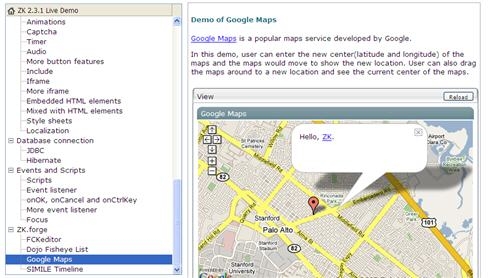Classifier is a Ruby gem developed by Lucas Carlson and David Fayram II to allow Bayesian and other types of classifications, including Latent Semantic Indexing.
Bayes classifier is a probabilistic algorithm which apply Bayes’ theorem in order to learn the underlying probability distribution of the data. One popular use for this is implemented in most spam filtering packages.
It can also be applied to many other cases of machine learning to make your Ruby application more intelligent (the complicated implementation is transparently handled for you, thankfully!) Ilya Grigorik recently posted an interesting tutorial on Bayes classification, with an easy-to-follow demonstration on how to use it for distinguishing between funny vs. Read More



